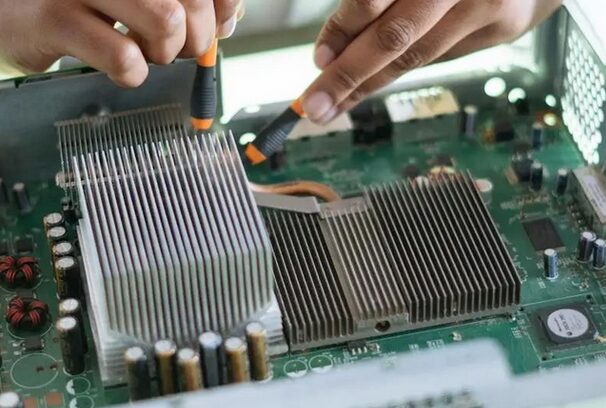With the increasing integration of semiconductors, major electronic systems now feature complete system-on-chip designs and custom PCBs. It can be said that even an ordinary PCB can play a significant role, which sets high standards for engineers. This article summarizes the experiences of several experts and lists ten golden rules for PCB design, hoping to assist fellow engineers.

1. Choose the correct grid and set it to always use a grid spacing that can accommodate the most components;
2. Group related components and required test points together;
3. Keep the paths as short and direct as possible;
4. Utilize the power layer to manage the distribution of power and ground lines as much as possible;
5. Integrate component values;
6. Perform design rule checks (DRC) as frequently as possible;
7. Use silkscreen printing flexibly;
8. Repeat the required circuit board multiple times on a larger board for PCB panelization;
9. Generate PCB manufacturing parameters and verify them before sending for production;
10. Always include decoupling capacitors; do not attempt to optimize the design by avoiding decoupling power lines based on the limits in the component datasheet.
This is an original article by Fan Yi Education, please indicate the source when reprinting!